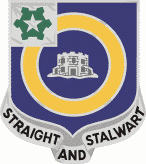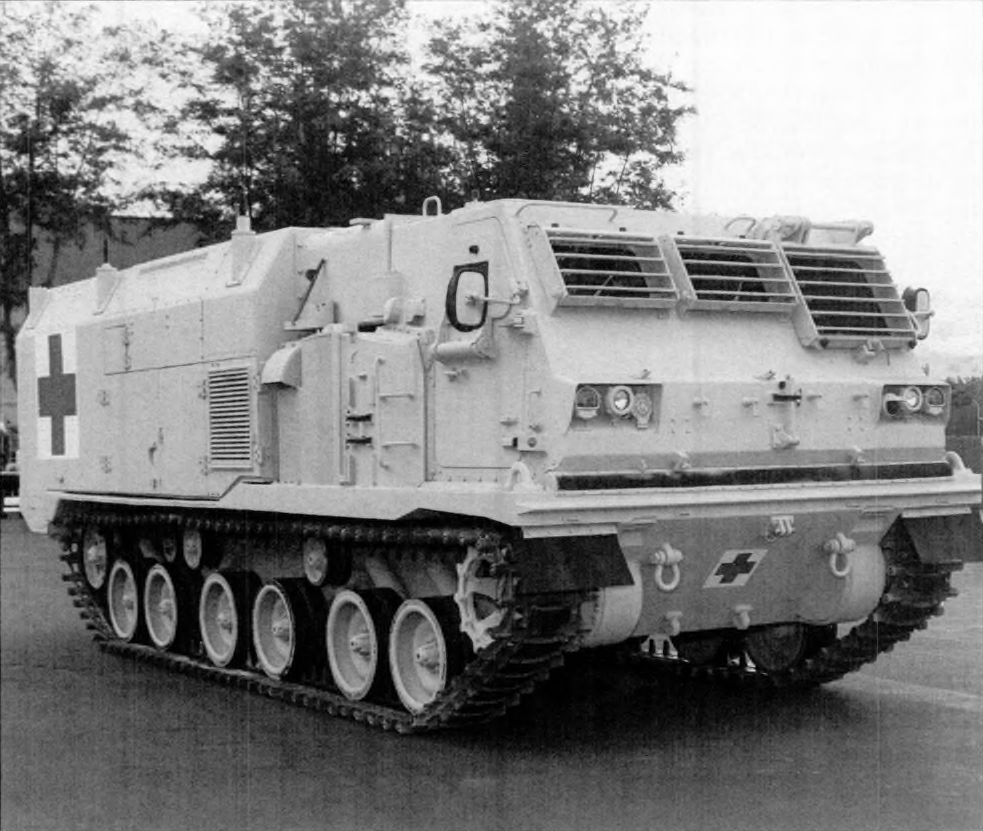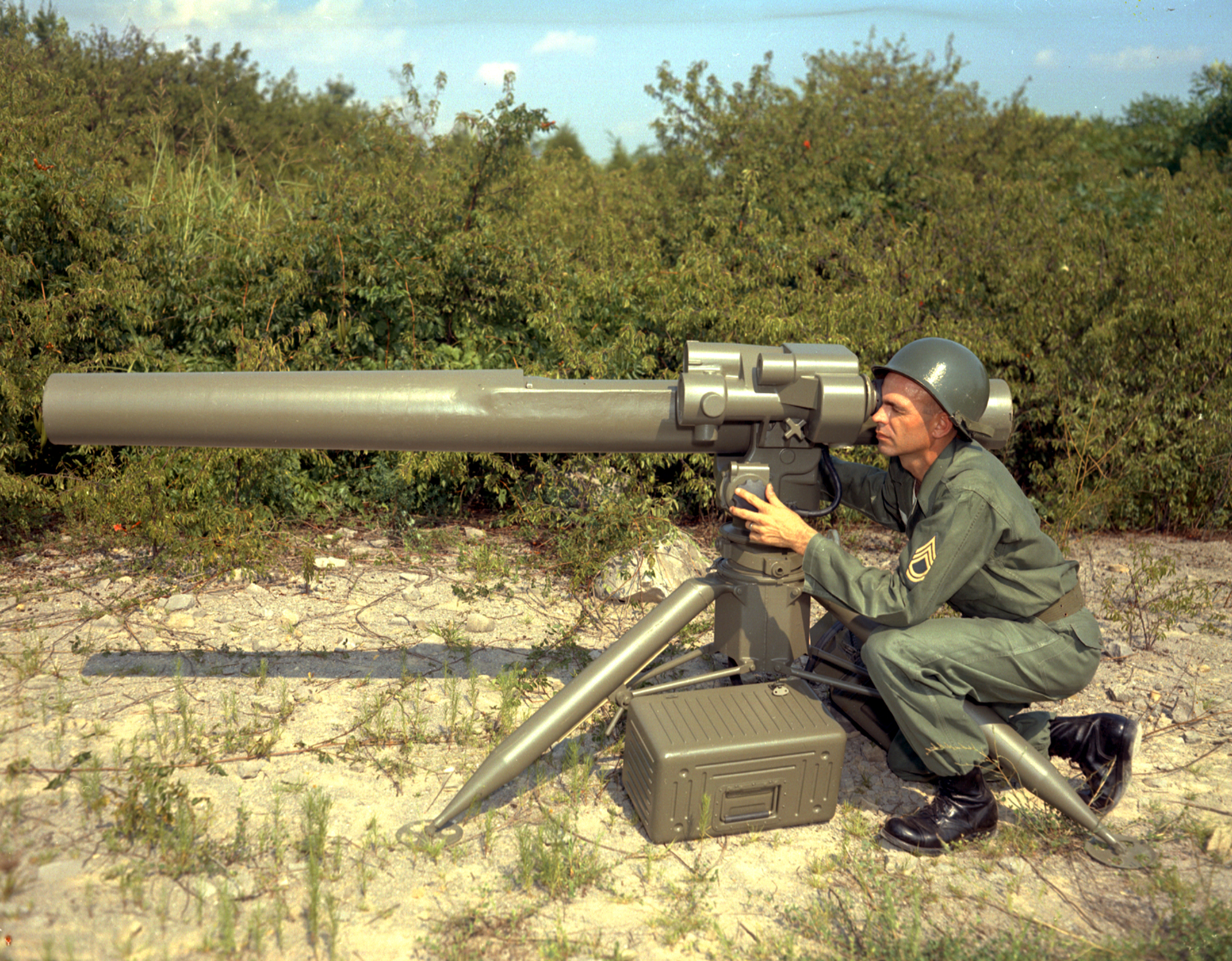|
Task Force 1-41
Task Force 1-41 Infantry was a U.S. Army heavy battalion task force which took part in the Gulf War of January – March 1991. It was also known as Task Force Iron. Task Force 1-41 Infantry was the first coalition force to breach the Saudi Arabian border on 15 February 1991 and conduct ground combat operations in Iraq engaging in direct and indirect fire fights with the enemy on 17 February 1991. It was the spearhead of VII Corps.VUA Citation The Task Force served at the Battle of 73 Easting and the Battle of Norfolk where it was assigned to the U.S. 1st Infantry Division. It engaged and destroyed elements of 11 Iraqi divisions by the end of combat operations.Lingamfelter p.190-191 This includes a significant role in the destruction of 4 Iraqi armored brigades at the Battle of Norfolk.Bourque p.337 Task Force 1-41 Infantry was awarded a Valorous Unit Award for its accomplishments during combat operations. It consisted primarily of the 1st Battalion, 41st Infantry Regiment, ... [...More Info...] [...Related Items...] OR: [Wikipedia] [Google] [Baidu] |
41st Infantry Regiment (United States)
The U.S. 41st Infantry Regiment is a regiment of the United States Army. Its 1st Battalion is currently assigned to the 2nd Stryker Brigade Combat Team, 4th Infantry Division. Its 3rd Battalion was assigned to the 1st Armored Brigade Combat Team, 1st Armored Division, which was replaced in 2018 by 4th Battalion, 70th Armor Regiment, 1st Brigade Combat Team, 1st Armored Division. History 41st United States (Colored) Infantry Regiment The 41st United States (Colored) Infantry Regiment was one of six segregated regiments (2 cavalry and 4 infantry) created in 1866 following the American Civil War to provide for African American participation in the defense of the United States. It was consolidated in 1869 with the 38th (Colored) Infantry Regiment to form the 24th (Colored) Infantry Regiment. It is not related to the current 41st Infantry Regiment. Significant dates: *Constituted 1866-07-28 in the Regular Army as the 41st United States (Colored) Infantry Regiment *Organized 186 ... [...More Info...] [...Related Items...] OR: [Wikipedia] [Google] [Baidu] |
M2 Bradley
The M2 Bradley, or Bradley IFV, is an American infantry fighting vehicle that is a member of the Bradley Fighting Vehicle family. It is manufactured by BAE Systems Land & Armaments, which was formerly United Defense. The Bradley is designed for reconnaissance and to transport a squad of infantry, providing them protection from small arms fire, while also providing firepower to both suppress and eliminate most threats to friendly infantry. It is designed to be highly maneuverable and to be fast enough to keep up with heavy armor during an advance. The M2 holds a crew of three: a commander, a gunner, and a driver, as well as six fully equipped soldiers as passengers. In the year 2000 the total cost of the program was $5,664,100,000 for 1,602 units, giving an average unit cost of $3,166,000, or $5,500,000 per in 2022. Design The Bradley IFV was developed largely in response to the amphibious Soviet BMP family of infantry fighting vehicles, and to serve as both an armored perso ... [...More Info...] [...Related Items...] OR: [Wikipedia] [Google] [Baidu] |
Boeing B-52 Stratofortress
The Boeing B-52 Stratofortress is an American long-range, subsonic, jet-powered strategic bomber. The B-52 was designed and built by Boeing, which has continued to provide support and upgrades. It has been operated by the United States Air Force (USAF) since the 1950s. The bomber is capable of carrying up to 70,000 pounds (32,000 kg) of weapons,"Fact Sheet: B-52 Superfortress." ''Minot Air Force Base'', United States Air Force, October 2005. Retrieved: 12 January 2009. and has a typical combat range of around 8,800 miles (14,080 km) without aerial refueling. Beginning with the successful contract bid in June 1946, the B-52 design evolved from a [...More Info...] [...Related Items...] OR: [Wikipedia] [Google] [Baidu] |
M270 Multiple Launch Rocket System
The M270 Multiple Launch Rocket System (M270 MLRS) is an American-developed armored, self-propelled, multiple rocket launcher. The U.S. Army variant of the MLRS vehicle is based on the chassis of the Bradley Fighting Vehicle. The first M270s were delivered in 1983. The MLRS were subsequently adopted by several NATO countries and other countries. The MLRS first saw service with the United States in the 1991 Gulf War. The MLRS has been upgraded to fire guided missiles, and has been used by Ukraine in the 2022 Russian invasion of Ukraine. Description Background In the early 1970s, the Soviet Union had a clear advantage over U.S. and NATO forces in terms of rocket artillery. Soviet tactics of bombardment by large numbers of truck-mounted multiple rocket launchers (MRLs), such as the BM-21, would saturate a target area with thousands of rockets, ensuring some would hit specific targets while delivering a psychological impact. By contrast, U.S. artillerists favored cannon artiller ... [...More Info...] [...Related Items...] OR: [Wikipedia] [Google] [Baidu] |
Artillery Barrage
In military usage, a barrage is massed sustained artillery fire (shelling) aimed at a series of points along a line. In addition to attacking any enemy in the kill zone, a barrage intends to suppress enemy movements and deny access across that line of barrage. The impact points along the line may be 20–30 yards/meters apart, with the total line length of the barrage zone anything from a few hundred to several thousand yards/meters long. Barrages can consist of multiple such lines, usually about 100 yards/meters apart, with the barrage shifting from one line to the next over time, or several lines may be targeted simultaneously. A barrage may involve a few or many artillery batteries, or even (rarely) a single gun. Typically each gun in a barrage, using indirect fire, will fire continuously at a steady rate at its assigned point for an assigned time before moving onto the next target, following the barrage's detailed timetable. Barrages typically use high-explosive shells, bu ... [...More Info...] [...Related Items...] OR: [Wikipedia] [Google] [Baidu] |
Artillery
Artillery is a class of heavy military ranged weapons that launch munitions far beyond the range and power of infantry firearms. Early artillery development focused on the ability to breach defensive walls and fortifications during sieges, and led to heavy, fairly immobile siege engines. As technology improved, lighter, more mobile field artillery cannons developed for battlefield use. This development continues today; modern self-propelled artillery vehicles are highly mobile weapons of great versatility generally providing the largest share of an army's total firepower. Originally, the word "artillery" referred to any group of soldiers primarily armed with some form of manufactured weapon or armor. Since the introduction of gunpowder and cannon, "artillery" has largely meant cannons, and in contemporary usage, usually refers to shell-firing guns, howitzers, and mortars (collectively called ''barrel artillery'', ''cannon artillery'', ''gun artillery'', or - a layman t ... [...More Info...] [...Related Items...] OR: [Wikipedia] [Google] [Baidu] |
BGM-71 TOW
The BGM-71 TOW ("Tube-launched, Optically tracked, Wire-guided") is an American anti-tank missile. TOW replaced much smaller missiles like the SS.10 and ENTAC, offering roughly twice the effective range, a more powerful warhead, and a greatly improved semi-automatic command to line of sight (SACLOS) that could also be equipped with infrared cameras for night time use. First produced in 1970, TOW is one of the most widely used anti-tank guided missiles. It can be found in a wide variety of manually carried and vehicle-mounted forms, as well as widespread use on helicopters. Originally designed by Hughes Aircraft in the 1960s, the weapon is currently produced by Raytheon. History Previous designs Late in World War II, the German Army began experimenting with modified versions of the Ruhrstahl X-4 wire-guided missile. Originally developed for the ''Luftwaffe'' as an anti-bomber weapon, by changing the warhead to one using a high-explosive anti-tank (HEAT) design, the new X-7 vers ... [...More Info...] [...Related Items...] OR: [Wikipedia] [Google] [Baidu] |
BTR-60
The BTR-60 is the first vehicle in a series of Soviet eight-wheeled armoured personnel carriers (APCs). It was developed in the late 1950s as a replacement for the BTR-152 and was seen in public for the first time in 1961. BTR stands for ''Bronetransporter'' (БТР, Бронетранспортер, literally "armoured transporter"). History Origins The BTR-152 and BTR-40, the first two Soviet mass-produced APCs developed after the Second World War, gave the Soviet Army useful experience with wheeled armoured personnel carriers. However, even as they were designed, they were not suited for the needs of the Soviet Army as they lacked a roof (which was added in later versions designated BTR-152K and BTR-40B respectively). The low combat values of the BTR-152 and BTR-40 were exposed when the Egyptian Army used them during the Suez Crisis and also when the Soviet Army used them in the fighting on the streets of Budapest during the Hungarian Revolution of 1956. These were among the ... [...More Info...] [...Related Items...] OR: [Wikipedia] [Google] [Baidu] |
4th Cavalry Regiment (United States)
The 4th Cavalry Regiment is a United States Army cavalry regiment, whose lineage is traced back to the mid-19th century. It was one of the most effective units of the Army against American Indians on the Texas frontier. Today, the regiment exists as separate squadrons within the U.S. Army. The 1st Squadron of the 4th Cavalry's official nickname is "Quarterhorse", which alludes to its 1/4 Cav designation. The 3rd Squadron of the 4th Cavalry's official nickname is "Raiders". Today, the "1st Squadron, 4th Cavalry", "2nd Squadron, 4th Cavalry", "4th Squadron, 4th Cavalry", and "6th Squadron, 4th Cavalry" are parts of the 1st Infantry Division, while the "3rd Squadron, 4th Cavalry" serves as part of the 25th Infantry Division. On 23 September 2009, the "4th Squadron, 4th Cavalry" officially stood up at Fort Riley, Kansas as part of the 1st "Devil" Brigade, 1st Infantry Division. On 28 March 2008, the "5th Squadron, 4th Cavalry" officially stood up at Fort Riley, Kansas as part of ... [...More Info...] [...Related Items...] OR: [Wikipedia] [Google] [Baidu] |
Reconnaissance
In military operations, reconnaissance or scouting is the exploration of an area by military forces to obtain information about enemy forces, terrain, and other activities. Examples of reconnaissance include patrolling by troops (skirmishers, long-range reconnaissance patrol, U.S. Army Rangers, cavalry scouts, or military intelligence specialists), ships or submarines, crewed or uncrewed reconnaissance aircraft, satellites, or by setting up observation posts. Espionage is usually considered to be different from reconnaissance, as it is performed by non-uniformed personnel operating behind enemy lines. Often called recce (British, Canadian and Australian English) or recon (American English), the word for this activity has at its root the associated verb ''reconnoitre'' or ''reconnoiter''. Etymology The word from the Middle French ''reconoissance''. Overview Reconnaissance conducted by ground forces includes special reconnaissance, armored reconnaissance, amp ... [...More Info...] [...Related Items...] OR: [Wikipedia] [Google] [Baidu] |
3rd Air Defense Artillery Regiment
The 3rd Air Defense Artillery Regiment is an air defense artillery regiment of the United States Army, first formed in 1821 as the 3rd Regiment of Artillery. History Constituted 1 June 1821 in the Regular Army as the 3rd Regiment of Artillery and organized from existing units with headquarters at Fort Washington, Maryland. The lineages of some of the units that initially made up the 3rd U.S. Artillery include campaign credit for the War of 1812. Twelve batteries of the 3rd U.S. Artillery served in the American Civil War. Four batteries of the 3rd U.S. Artillery were assigned to Fort Jefferson, Florida in 1869. The 1st and 2nd Battalions of the regiment deployed to the Philippines in the Spanish–American War of 1898, while Battery F deployed to Puerto Rico. Regiment broken up 13 February 1901 and its elements reorganized and redesignated as separate numbered companies and batteries of the Artillery Corps. Reconstituted 1 July 1924 in the Regular Army as the 3rd Coast Arti ... [...More Info...] [...Related Items...] OR: [Wikipedia] [Google] [Baidu] |





.jpg)




